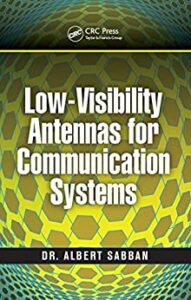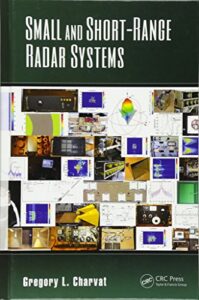Courses and Books
Courses
Build a Small Radar System Capable of Range, Doppler, and SAR Imaging [PI.80s]
Build a Small Radar System Capable of Sensing Range, Doppler, and Synthetic Aperture Radar Imaging
Dr. Gregory L. Charvat, Mr. Jonathan H. Williams & Dr. Alan J. Fenn, Dr. Stephen M. Kogon, Dr. Jeffrey S. Herd
Build a Small Phased Array Radar Sensor [PI.81s]
MIT Professional Education is offering a unique course in the design, fabrication, and test of a laptop-based digital phased array radar sensor capable of ground moving target imaging (GMTI). Lectures will be presented on the topics of applied electromagnetics, antennas, RF design, analog circuits, radar system modeling, and digital signal processing while at the same time you build your own phased array radar system and perform field experiments.
Build a Small Phased Array Radar System Capable of Imaging Moving Targets
Dr. Bradley Perry, Dr. Jonathan Paul Kitchens, Dr. Patrick Bell, Dr. Jeffrey Herd, Dr. Gregory L. Charvat
Books
Author Gregory L. Charvat appeared on CNN on March 17, 2014 to discuss whether Malaysia Airlines Flight 370 might have literally flown below the radar. He appeared again on CNN on March 20, 2014 to explain the basics of radar, and he explored the hope and limitations of the technology involved in the search for Flight 370 on CBS on March 22, 2014.
Written By
Gregory L. Charvat

Low-Visibility Antennas for Communication Systems
This book delivers a comprehensive and cutting-edge study of the design and application of low-visibility antennas, complete with design considerations, computed and measured results, and an extensive exploration of radio frequency and antenna measurements.
Written By
Albert Sabban
Practical Software Defined Radar Remote Sensing
The goal of this book is to show how software defined radio instruments can be used to build working radar systems in practice. The book will attempt to do this by going through many real application examples, describing the hardware needed to perform the experiments, providing concise example code, and also providing real data in the cases where the reader doesn’t have access to actual hardware. The goal of this approach is to teach problem solving tools that are often encountered in radar signal processing problems, with the hope that the reader will learn how to apply them to other similar problems.
